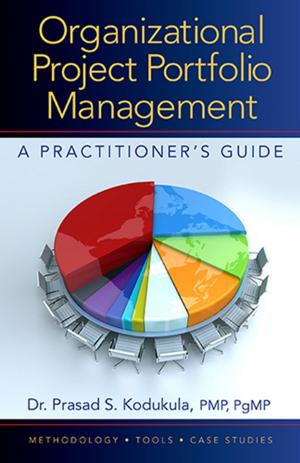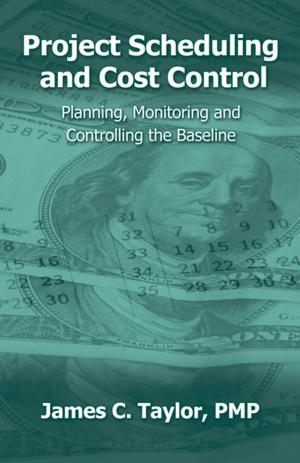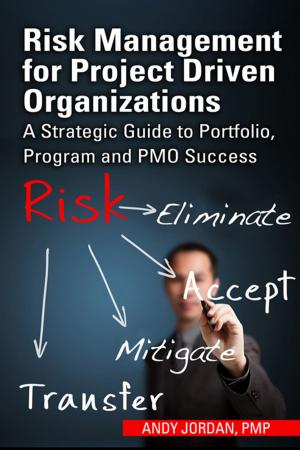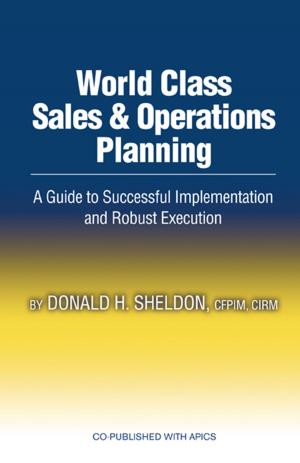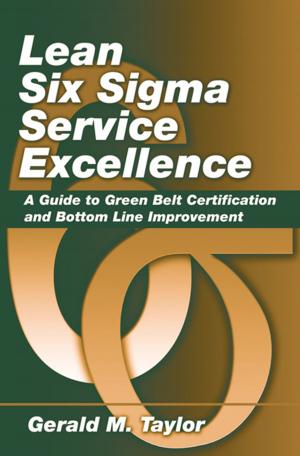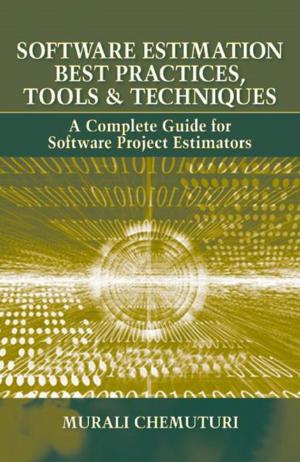Supply Market Intelligence for Procurement Professionals
Research, Process, and Resources
Business & Finance, Industries & Professions, Purchasing & Buying, Management & Leadership, Planning & Forecasting, Management| Author: | Jeanette Jones, Kelly Barner | ISBN: | 9781604277562 |
| Publisher: | J. Ross Publishing | Publication: | November 15, 2014 |
| Imprint: | Language: | English |
| Author: | Jeanette Jones, Kelly Barner |
| ISBN: | 9781604277562 |
| Publisher: | J. Ross Publishing |
| Publication: | November 15, 2014 |
| Imprint: | |
| Language: | English |
In many organizations, procurement has evolved from a tactical, transaction-oriented department into a strategic function responsible for establishing spend management objectives for the entire organization. While the tools they use and the skills they possess have increased overall effectiveness and efficiency, procurement’s internal reputation has not evolved at the same rate. The transformation of the reputation of the procurement function must be directly associated with its ability to generate measurable value. Supply market intelligence (SMI) creation is just such a capability.This book provides procurement professionals with the process, skills, and resources to develop a supply market intelligence program that will deliver value to the organization as a whole. The authors clearly explain each of the concepts introduced and then provide the background and steps required to make execution possible. Part I of the text outlines how to design a supply market intelligence program that meets the needs of the organization while integrating with existing procurement team structures and processes. Part II is a detailed listing of resources available to procurement professionals that will prove to be a trusted guide to a seemingly endless pool of resources and a targeted quick reference for more experienced researchers.
In many organizations, procurement has evolved from a tactical, transaction-oriented department into a strategic function responsible for establishing spend management objectives for the entire organization. While the tools they use and the skills they possess have increased overall effectiveness and efficiency, procurement’s internal reputation has not evolved at the same rate. The transformation of the reputation of the procurement function must be directly associated with its ability to generate measurable value. Supply market intelligence (SMI) creation is just such a capability.This book provides procurement professionals with the process, skills, and resources to develop a supply market intelligence program that will deliver value to the organization as a whole. The authors clearly explain each of the concepts introduced and then provide the background and steps required to make execution possible. Part I of the text outlines how to design a supply market intelligence program that meets the needs of the organization while integrating with existing procurement team structures and processes. Part II is a detailed listing of resources available to procurement professionals that will prove to be a trusted guide to a seemingly endless pool of resources and a targeted quick reference for more experienced researchers.

